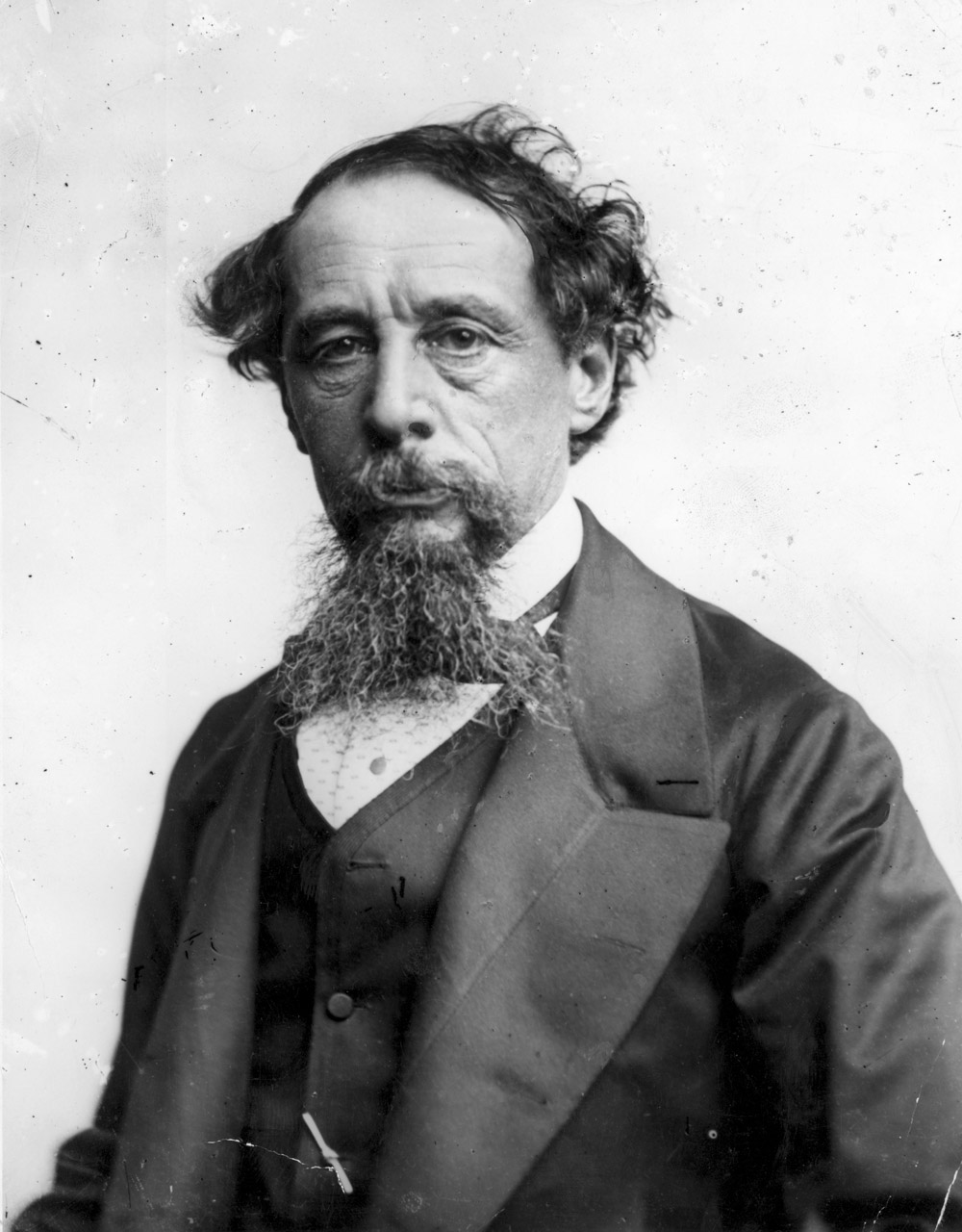
Charles Dickens needs no introduction – one of the most famous writers in history, this Victorian author is celebrated for his works such as Oliver Twist, A Christmas Carol and several others that have now been deemed timeless classics. But this article is not about Dickens’ accomplishments; this article is about a darker, more personal side of Dickens that came to light several years after his death, through a series of correspondences from both him and his wife Catherine. The man who was praised for his saintly morality and compassion was very different behind closed doors.
Dickens has been described as a cold, cruel tyrant, directing most of his bitterness towards his wife. Catherine was the daughter of Dickens’ editor, and in the beginning of their marriage all seemed well; Dickens found Catherine to be beautiful, charming and intellectual, and appeared madly in love with her.
It all started to go downhill with the birth of their children. Catherine bore Charles ten children; Dickens did not want to have that many children and blamed Catherine (I do not need to point out how irrational that is). He grew resentful of her, and as she aged and put on weight (after ten children, can one blame her?) his love appeared to fade.
And then came the scandal that set rumours ablaze – Charles had fallen in love with an eighteen-year-old actress (who was the same age as his youngest daughter) named Nelly Ternan. This marked the turning point in Dickens’ relationship with his wife – instead of brewing in passive resentment, he actively began to look for an excuse to get her out of the way. As rumours continued to circulate, the press began to intrude, drawing Catherine into the scandal by writing extremely cruel comments about her appearance (“Catharine had a tendency to copulency, which is very disgusting to a man of elegant taste,” wrote Frank Leslies’ Illustrated Newspaper).
As for Charles himself, he resorted to trying to coerce a doctor into diagnosing Catherine as mental unstable so that she could be sent to a mental asylum. Thankfully, the good doctor refused – this caused the relationship between the doctor and Dickens to sour, leading to Dickens referring to him as a “wretched being” and on a more juvenile note, “medical donkey”.
Although Catherine was not committed to an asylum, Dickens did banish her from their home, buying a separate, smaller house for her to live in. To the public, he explained his domestic strife as a result of Catherine being an incompetent, negligent, mentally unstable mother, and it was her idea to move out. Catherine’s side of the story was silenced until long after Dickens’ death.
As for the children, Dickens viewed them all as failures, and shipped off most of the boys to serve in the colonies, where many of them died (Walter Landor Dickens died in India, and his grave remains in Kolkata’s South Park cemetery). Two of his sons, Charley and Henry were allowed to remain in England. Charley even spent a few years in Eton before entering into the industry of business and publishing. However, he eventually sided with his mother, leading to his father blacklisting him from the Garrick club.
Dickens’ daughter Kate had this to say about their lives as children:
“My father was like a madman when my mother left home. This affair brought out all that was worst — all that was weakest in him. He did not care a damn what happened to any of us. Nothing could surpass the misery and unhappiness of our home.”
For a man known as a champion of the working class, fronting social reform and building awareness towards humane treatment of labourers, these revelations were nothing short of a jolting shock. Once again, the world found itself having to find a way to come to terms with justifying and balancing a man’s professional achievements with his rather sever personal shortcomings.
Works Cited
Scott, Laurence. “Charles Dickens, The Writer Who Saw Lockdown Everywhere” The New Yorker. December 24th, 2020. Web. < https://www.newyorker.com/books/page-turner/charles-dickens-the-writer-who-saw-lockdown-everywhere > as seen on July 15th, 2022.
Showalter, Elaine. “Household Words: The Complicated Domestic Life of Charles Dickens” The New Republic. December 7th, 2012. Web. < https://newrepublic.com/article/110742/household-words > as seen on July 15th, 2022.
Editor. “Trove of Letters Reveal Charles Dickens Tried to Lock His Wife Away in an Asylum” Smithsonian Magazine. February 22nd, 2019. Web. < https://www.smithsonianmag.com/smart-news/newly-analyzed-trove-letters-charles-dickens-180971545/ > as seen on July 15th, 2022.
Jack, Ian. “Charles Dickens was a ruthless Victorian husband. Like my great-grandfather” The Guardian. February 23rd, 2019. Web. < https://www.theguardian.com/commentisfree/2019/feb/23/charles-dickens-wife-victorian-asylum > as seen on July 15th, 2022.
Caroll, Linda. “Charles Dickens Was A Cruel Man With Bizarre Obsessions” History of Yesterday. May 7th, 2022. Web. < https://historyofyesterday.com/charles-dickens-was-a-cruel-man-with-bizarre-obsessions-8b81d20a3e3 > as seen on July 15th, 2022.
Ade, Yewande. “Charles Dickens Tried To Send His Sane Wife To An Asylum.” History of Yesterday. June 10th, 2022. Web. < https://historyofyesterday.com/charles-dickens-tried-to-send-his-sane-wife-to-an-asylum-9087c9f7692c > as seen on July 15th, 2022.
